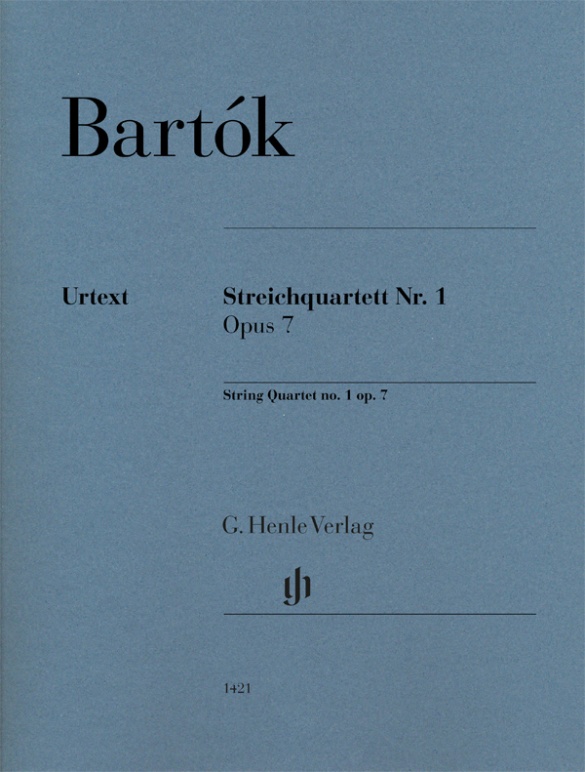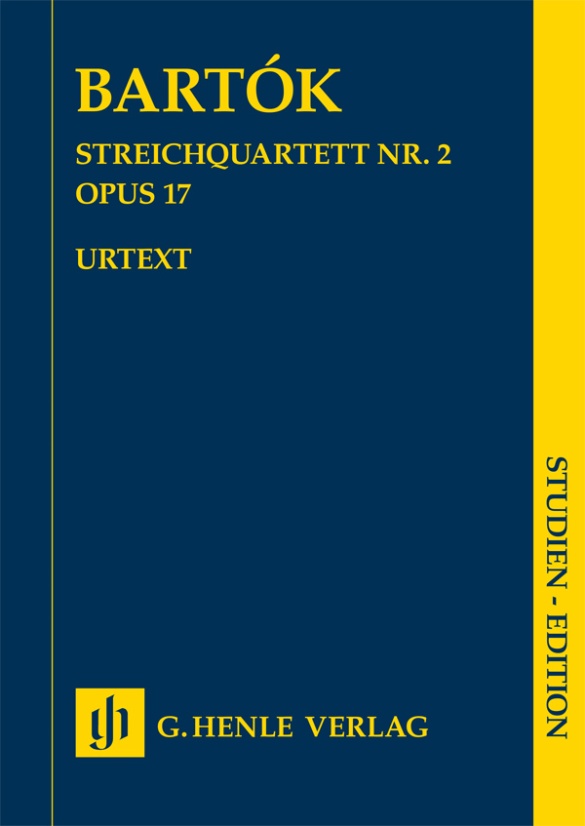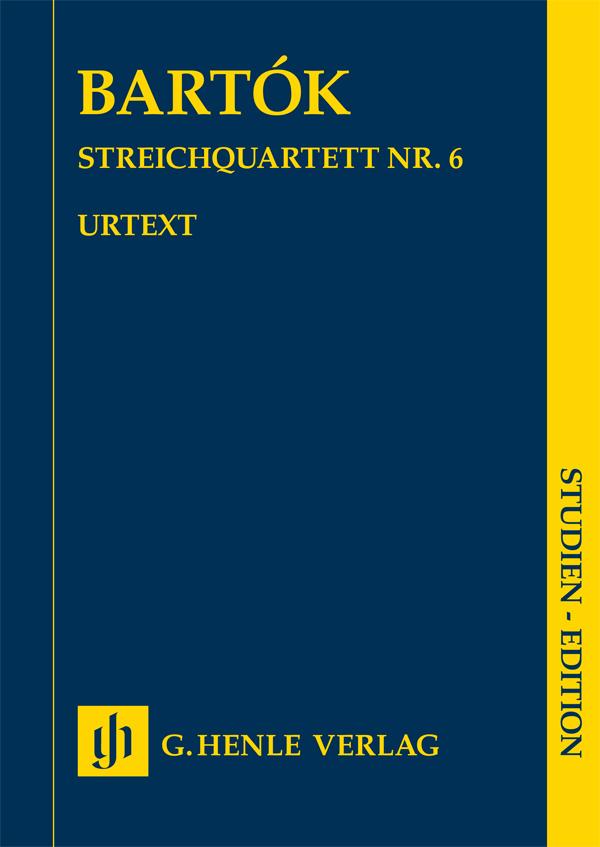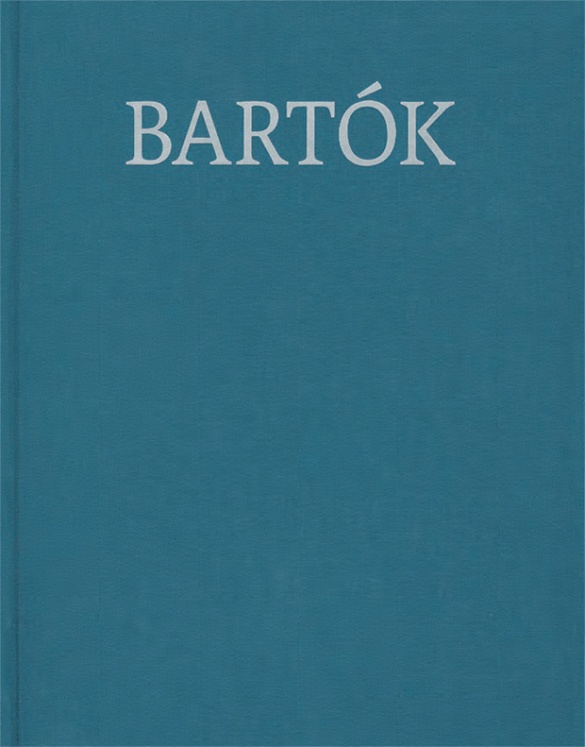Béla Bartók
String Quartet no. 1 op. 7
Béla Bartók’s six string quartets, composed between 1908 and 1940, are 20th-century milestones of the genre. His First String Quartet is closely linked to his unhappy love for the violinist Stefi Geyer, to whom he sent the initial measures of its first movement in early 1908 with the remark: “My song of death”. When he completed all three movements of the work a year later, he had, according to his friend and colleague Zoltán Kodály, written himself “back into life”. In this First Quartet, Bartók combines late-Romantic sounds with elements of the folk music that had since 1905 been a source of increasing interest to him. This definitive edition, supervised by Bartók scholar László Somfai, is the first-ever Urtext edition of this work. It takes into account both manuscript and printed sources, as well as letters and notes by the composer in which he recorded matters such as modifications to tempo markings. The Henle edition thus offers a musical text edited to the highest scholarly standards, with fascinating information on the work’s compositional history and performance practice. Sensible page turns and cue notes help to make this edition a real “must have”.
内容/詳細
作曲家について
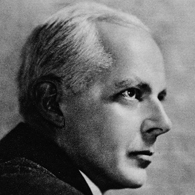
Béla Bartók
This composer, who numbers among the most important musical figures in the first half of the twentieth century, is known principally for his research into Hungarian folk music, the elements of which he incorporated into his style. His broad oeuvre includes numerous works for orchestra, piano, and chamber ensembles, as well as choral music; songs with piano accompaniment; and an opera.
| 1881 | Born in Nagyszentmiklós on March 25. First piano instruction from his mother. |
| 1893–ca. 1896 | Piano studies with László Erkel in Pressburg (Bratislava). |
| 1899–1903 | Studies piano and composition at the Budapest Academy of Music. Symphonic poem “Kossuth” in 1903. |
| from 1905 | Together with Zóltan Kodály he begins scientific field research into Hungarian folk music and thereby refutes conventional notions. He becomes acquainted with the music of Debussy. |
| 1905–07 | Suite No. 2, Op. 4, for small orchestra. |
| 1907–34 | Professor of piano in Budapest. |
| 1908–09 | “For Children,” 85 transcriptions of folk songs for piano, later only 79. |
| 1915–17 | String Quartet No. 2, Op. 17, with percussive playing techniques. |
| 1917 | Premiere of his ballet “The Wooden Prince.” |
| 1918 | Premiere of “Bluebeard’s Castle,” Op. 11 (composed 1911), partially based on the sounds of French music. |
| 1920 | Improvisations on Hungarian Peasant Songs, Op. 20. |
| 1926 | Performance of the pantomime “The Miraculous Mandarin.” Piano cycle “Out of Doors.” |
| 1926–39 | “Mikrokosmos” for piano (six volumes). |
| from 1934 | Editor of the complete edition of Hungarian folk music. |
| 1936 | Music for Strings, Percussion and Celesta as avant-garde work. |
| 1937–38 | Concerto (No. 2) for violin and orchestra. |
| 1940 | Emigrates to the United States. |
| 1945 | Piano Concerto No. 3; his concerto for viola remains unfinished. Death in New York on September 26. |
製品安全に関する情報

G. Henle Verlag
製品の製造元に関する情報はこちらでご覧いただけます。G. Henle Verlag
Forstenrieder Allee 122
81476 München
info@henle.de
www.henle.com
おすすめ
autogenerated_cross_selling
このタイトルを含む他の版
このタイトルを含む他の版


